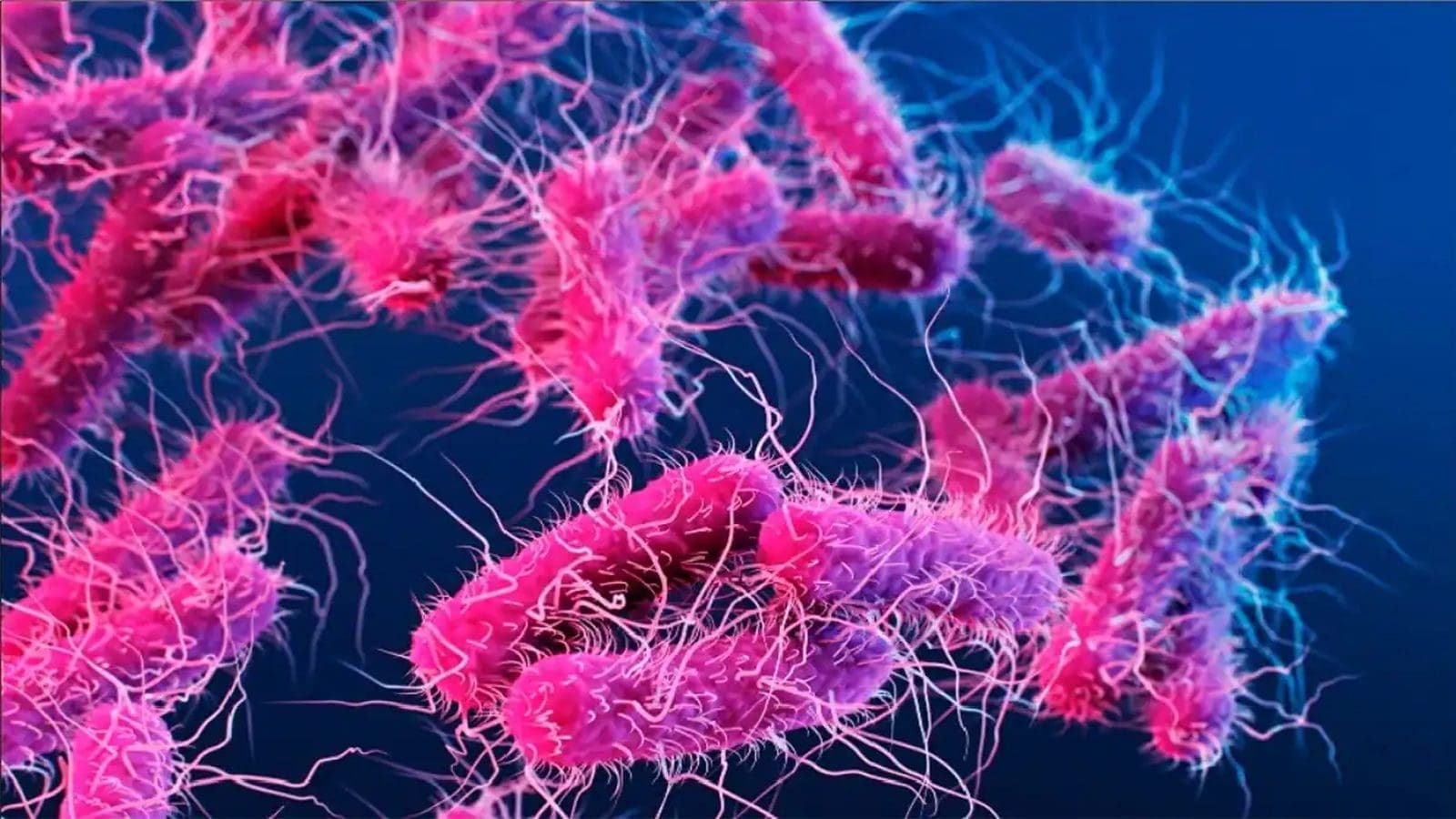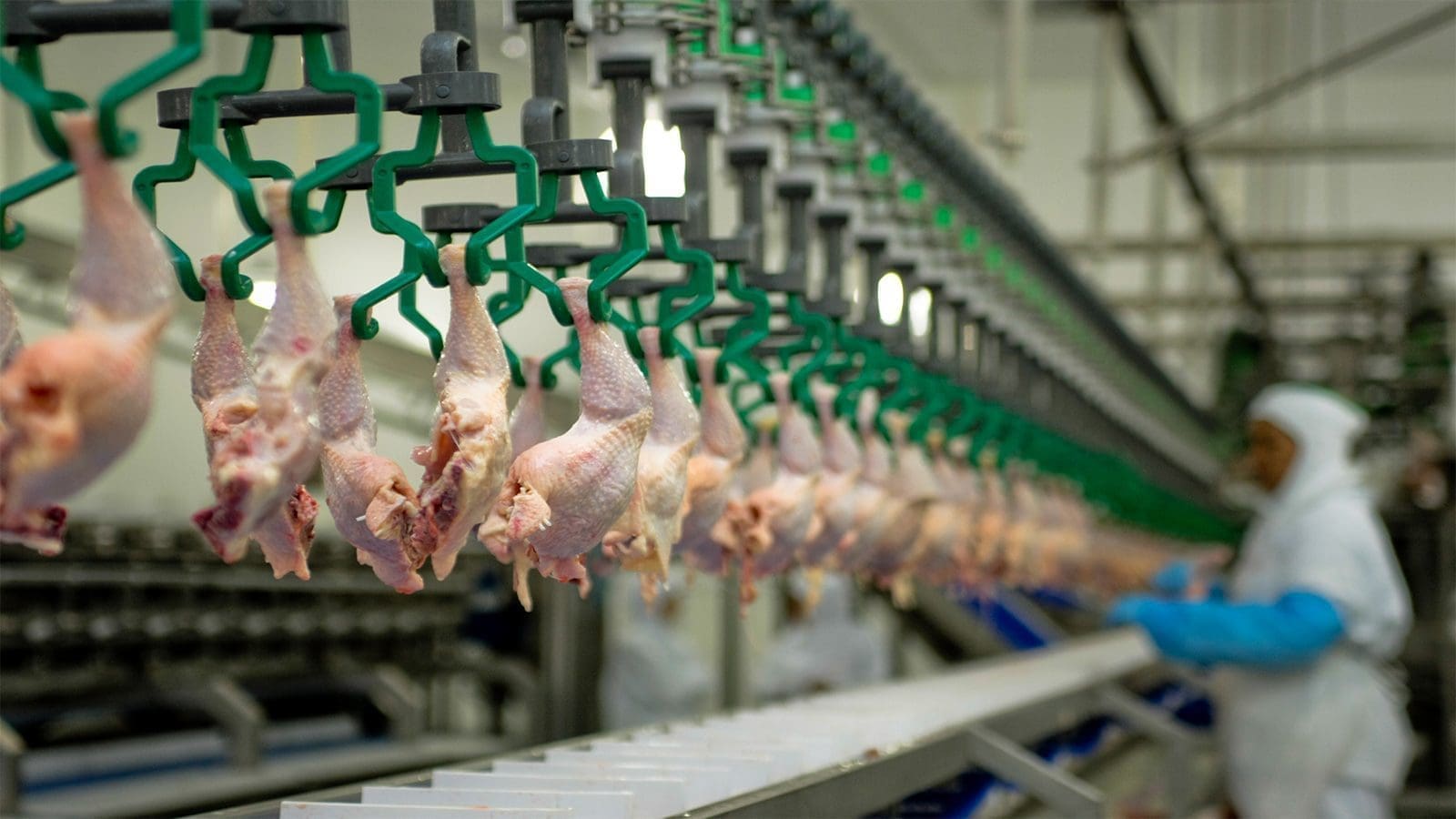AUSTRIA – After declining in 2020 and 2021, the Federal Ministry of Labour, Social Affairs, Health, and Consumer Protection (BMSGPK) reports that submissions of human Salmonella isolates are now returning to pre-COVID-19 pandemic levels in Austria.
The National Reference Center for Salmonella received 118 more isolates in 2022 than in the previous year.
In contrast to the 1,048 isolates that were sent to the reference center in 2021, 1,166 Salmonella isolates were submitted this past year. That still falls short of the 1,872 sent in 2019.
Despite a recent reduction, Salmonella enteritidis was still the most common serovar in humans.
From 2021, the monophasic form of Salmonella Typhimurium increased.
Except for 2017, the number of S. Typhimurium isolates has been steadily declining since 2011. Salmonella was the third.
28 people were involved in a Salmonella Typhimurium outbreak that affected the entire country in 2022, although the infection source was never identified.
With 14 cases, Austria joined a number of other nations in a monophasic Salmonella Typhimurium epidemic connected to Ferrero’s Kinder chocolate products.
There were a total of 34 family outbreaks, defined as two or more affected members in a family, with 79 people involved.
According to BMSGPK, resistance to ciprofloxacin and third-generation cephalosporins like cefotaxime and ceftazidime is still uncommon.
Data on Yersinia
Yersiniosis is still a rare disease in Austria, according to data.
201 human isolates were sent to the Austrian Agency for Health and Food Safety (AGES )’s National Reference Centre for Yersinia in 2022.
Among them, 107 were pathogenic and 94 were not. Two were Yersinia pseudotuberculosis, and 105 of the pathogenic ones belonged to Yersinia enterocolitica, including 88 serovar O:3; biovar 4.
There were 130 yersiniosis cases reported to BMSGPK altogether. This was comparable to that of 2021.
Based on information from 38 patients, 22 episodes of diarrhea, 11 cases of abdominal pain, and three cases of each of vomiting and fever were reported.
Men were more heavily impacted than women, reports BMSGPK. The most affected age range was 5 to 14 years old.
In 2022, there were two imported cases, one from Cuba and one from Spain. Yersinia enterocolitica serovar O:3, biovar 4, was present in both isolates.
Pathogenic Yersinia enterocolitica isolates were tested in vitro for susceptibility, and 17 were found to have resistance to amoxicillin/clavulanic acid, three to tetracycline, and one to co-cotrimoxazole. Ampicillin resistance was present in every Yersinia enterocolitica isolate.
For all the latest food safety news from Africa and the World, subscribe to our NEWSLETTER, follow us on Twitter and LinkedIn, like us on Facebook and subscribe to our YouTube channel.








